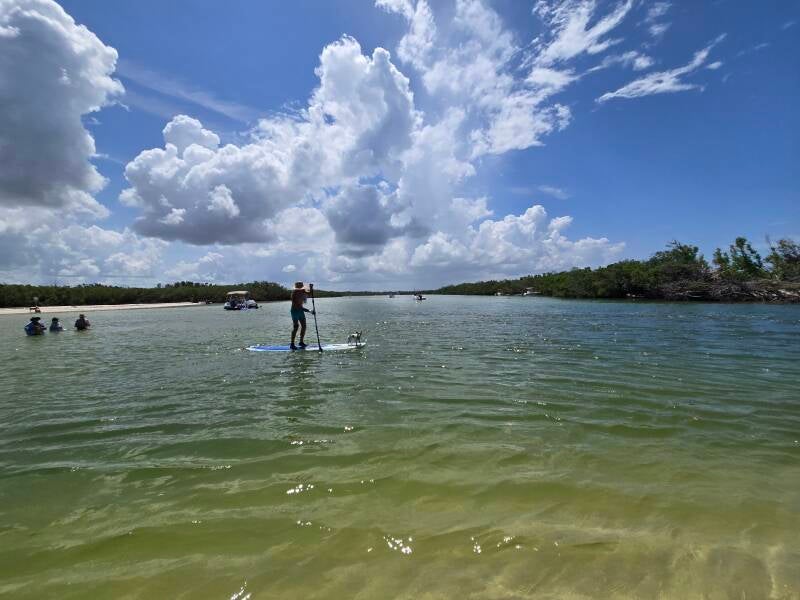This Blog came about after attending an open house a short walk from Midnight Pass last month. I fell in love with the area and decided to find out more about its tumultuous history.


Credit: All Angles REM

Midnight Pass once a vital tidal inlet between Siesta Key & Casey Key, has long been a defining feature of Sarasota’s coastal environment. Its story is one of natural evolution, human intervention, and renewed hope for environmental restoration.
Historical Background
Midnight Pass dates back centuries and was once referred to as “Buccaneers Pass” on 19th century navigation charts. It shifted naturally over time, shaped by tides, storms, and sediment movement. In 1921, a powerful hurricane helped form the pass in its last known location.
By the 1960s and 70s, dredging of the Intracoastal Waterway disrupted natural sand flow, causing the inlet to shoal and migrate. In 1983, following erosion concerns raised by nearby property owners, what was once a dynamic and naturally shifting inlet was closed the following year through human action, eliminating the flow between Little Sarasota Bay and the Gulf of Mexico.
Environmental Consequences
The closure of Midnight Pass had a significant impact on the local ecosystem. Tidal flow between the Gulf of Mexico and Little Sarasota Bay was severed, leading to poor water circulation and declining water quality. Seagrass beds diminished by approximately 70 percent, and populations of oysters, clams, and other filter feeders collapsed. Recreational and commercial fishing suffered as a result.
Scientific assessments as early as 1985 conducted by Mote Marine Laboratory and a Sarasota County appointed Blue Ribbon Panel concluded that reopening the pass would likely restore ecological health to the bay.
Recent Developments and Restoration Efforts
In 2024, hurricanes Helene and Milton naturally reopened part of the inlet, offering a rare opportunity to study the environmental effects of restored tidal flow. Preliminary observations suggest improved water quality and renewed interest in a long-term solution.
Sarasota County has since authorized a feasibility study, funded in part by the state, to explore a managed reopening of Midnight Pass. The current plan involves scientifically guided dredging, environmental monitoring, and long-term maintenance of the inlet to ensure it remains open and beneficial to the surrounding habitat.
The proposed strategy includes sand relocation for beach nourishment, routine dredging every few years to manage shoaling, and restoring estuarine conditions to benefit marine life and improve water clarity.
Why This Matters
Restoring Midnight Pass is not just an environmental issue it has broader implications for the community, homeowners, and future growth in the region.
- It supports the recovery of marine ecosystems and water dependent wildlife.
- It improves water quality and enhances the scenic and recreational value of the bay.
- It strengthens coastal resilience and shoreline stability.
- It can positively influence property values in nearby waterfront areas.
A Realtor’s Perspective
As a real estate professional serving Sarasota and Manatee counties, I believe it’s important to be aware of local developments that could shape our coastal communities. While I’m not actively involved in restoration efforts or an expert on the science behind them, I understand how projects like Midnight Pass are part of the bigger picture when it comes to lifestyle, waterfront living, and long-term community value.
If you're thinking about making a move near the water or simply want a local perspective on what makes these neighborhoods special, I’m here to guide you with care and clarity, with your goals at the center of the conversation.
Let’s connect and talk about what’s important to you in your next chapter.
Add comment
Comments